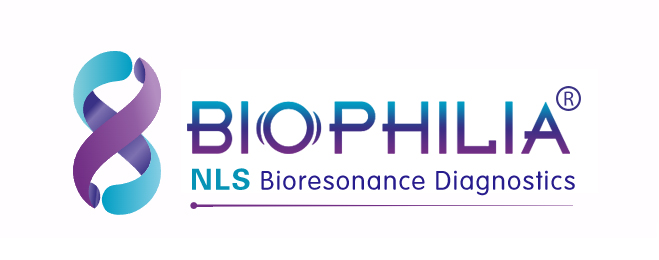NLS Examination of Liver Hemangiomas Using Biophilia Tracker
- Russell
- October 10, 2023
- 1464
- 0
- 0
The most common unexpected finding after examination and the subject of further diagnostic verification is hepatic hemangioma.
Hemangiomas are benign vascular tumors of the liver (population prevalence up to 15%). With a heterogeneous internal structure, their visual image may resemble cancer (especially on ultrasound and CT), which requires additional diagnostic investigation. In most cases, hemangiomas are clinically asymptomatic.
The diagnostic criteria of a hemangioma (based on MRI, CT and NLS data) are considered: it is never encapsulated, edematous, tracted towards the hepatic veins and sometimes its form approaches the lobar form. Its outline may be irregular in form, but distinct. Dynamic studies detected very slow growth.
On NLS examination of Biophilia Tracker hemangioma, it usually appears as a darkly pigmented (score 4-5 on the Fleindler scale) tumor. However, if there is corresponding fatty infiltration of the liver, the hemangiomas will appear hypochromic and sometimes be difficult to distinguish from cysts or metastases. Cavernous hemangiomas are represented by hypochromic and colorless areas (score 1 - 3), which complicates their interpretation. Hyaline clefts are one of the most typical symptoms of hemangioma, but they are not always visible.
It should be noted that in case of possible hemangioma, puncture cannot be performed due to the high risk of development of bleeding. It requires dynamic monitoring and repeated examinations of patients.
